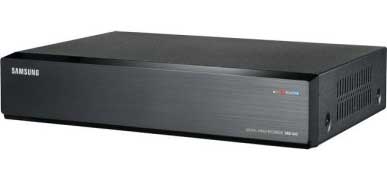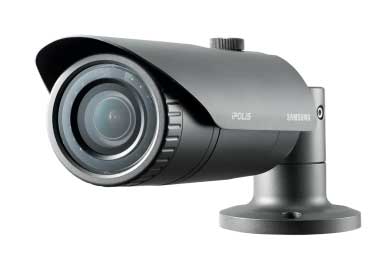CCTV Surveillance Systems
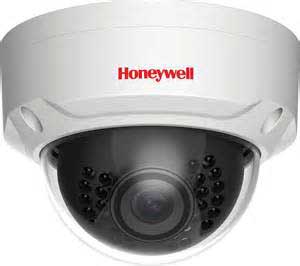
Closed-circuit television (CCTV), also known as video surveillance, is the use of video cameras to transmit a signal to a specific place, on
a limited set of monitors. It differs from broadcast television in that the signal is not openly transmitted, though it may employ point to point (P2P), point to multipoint, or mesh wireless links.
IP surveillance is a digitized and networked version of closed-circuit television (CCTV). In an IP surveillance system, an IP camera records video footage and the resulting content is distributed over an IP (Internet protocol) network.
There is a growing industry trend towards replacing analog CCTV with IP surveillance systems. Digitization offers a number of benefits over traditional analog CCTV, like:
Analytics: The dramatic improvements in hardware have been matched by powerful analytics software. Video Management Systems (VMS) can be combined with other software to allow for applications such as licence plate recognition, people counting, and motion detection.
No New Wires: Existing LAN cables that are used by the IP system can be used to connect IP cameras to the network video recorder (NVR)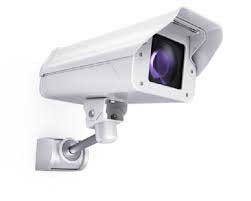
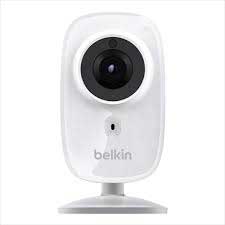
Power: IP cameras can be powered by a number of methods. If the IP camera is replacing an analog camera, the existing power source can be reused or Ethernet cables which allow for Power over Ethernet (PoE) can be deployed.
Scalability:Utilizing edge processing, and individual camera licensing, it is possible to scale from a single camera up to thousands.
Redundancy: It is possible to record simultaneously to a NVR. This offers an additional safety net to recover footage in the event of damage/corruption to data on the main NVR.
Lossless Playback: Footage can be reviewed with multiple zoom on playback, even on fixed lens cameras, with no degradation of the image. This alleviates a common problem with analog systems, where high levels of compression can often leave the image unreadable.

